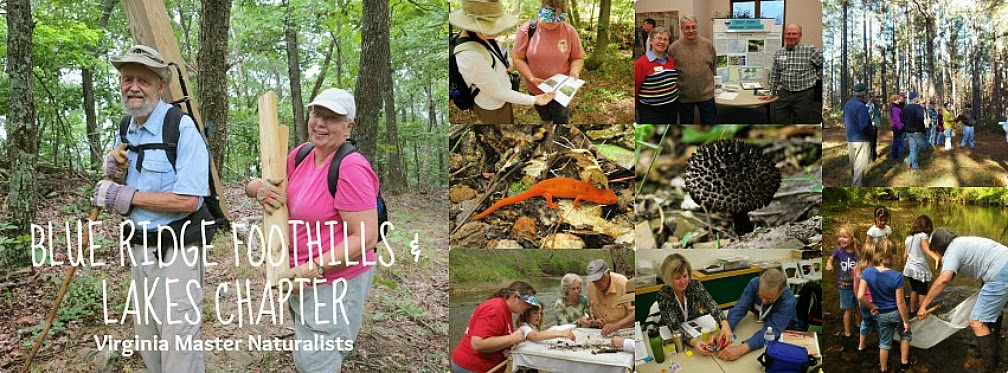Nature's Notebook is a national plant and animal phenology observation program
Taking the pulse of our planet
You can join thousands of other individuals who are providing valuable observations that scientists, educators, policy makers, and resource managers are using to understand how plants and animals are responding to climate change and other environmental changes. Your observations will make a difference!
To learn more about the National Phenology Network or to participate click here
What Is Phenology?
Phenology is derived from the Greek word phaino , meaning to show or appear. Phenology refers to recurring plant and animal life cycle stages, such as leafing and flowering, maturation of agricultural plants, emergence of insects, and migration of birds. It is also the study of these recurring plant and animal life cycle stages, especially their timing and relationships with weather and climate.
Why Is It Important?
Phenology, put another way, is simply nature’s calendar—when the cherry trees bloom, the robin builds its nest, and the leaves turn color in the fall. This schedule is critical for plants and animals, and people too. When a caterpillar emerges, it needs developing leaves to eat. When a chick hatches, it needs caterpillars and other food to eat. For many people, allergy season starts when particular flowers bloom—earlier flowering means earlier allergies. Farmers and gardeners need to know when to plant to avoid frosts, and they need to know the schedule of plant and insect development to decide when to apply fertilizers and pesticides. In fact, phenology affects nearly all aspects of the environment, including the abundance and diversity of organisms, their interactions with one another, their functions in food webs, and their seasonal behavior, and global-scale cycles of water, carbon, and other chemical elements.
Learn more about Phenology here
The USA National Phenology Network (USA-NPN) monitors the influence of climate on the phenology of plants, animals, and landscapes. We do this by encouraging people to observe phenological events like leaf out, flowering, migrations, and egg laying, and by providing a place for people to enter, store, and share their observations. We also work with researchers to develop tools and techniques to use these observations to support a wide range of decisions made routinely by citizens, managers, scientists, and others, including decisions related to allergies, wildfires, water, and conservation.
Vision
The USA National Phenology Network (USA-NPN) encourages people of all ages and backgrounds to observe and record phenology as a way to discover and explore the nature and pace of our dynamic world. The Network makes phenology data, models, and related information freely available to empower scientists, resource managers, and the public in decision-making and adapting to variable and changing climates and environments.
Mission
The USA National Phenology Network (USA-NPN) serves science and society by promoting broad understanding of plant and animal phenology and its relationship with environmental change. The Network is a consortium of individuals and organizations that collect, share, and use phenology data, models, and related information.
The USA-NPN is comprised of many partners including federal, state and local agencies, universities, colleges and schools, non-governmental organizations, citizen volunteers, and many others. Our participants range from backyard observers to professional scientists monitoring long-term plots.
Open the PDF file here of the NPN Factsheet
BRFAL Chapter of Virginia Master Naturalist wants you to get outside, explore and learn something new today. Get involved in something cool, learn more about the Virginia Master Naturalist program here!


No comments:
Post a Comment
Thanks for your comment and interest! NOW GO OUTSIDE!